Himachal Pradesh is full of magical places—some known, some hidden, and some that feel like they belong to the gods themselves. Among these, there is a village so untouched, so surreal, that the moment you set foot in it, you feel as if you’ve stepped into a different time. Welcome to Shaleen, a village where time slows down, where nature still holds its power, and where life isn’t about rushing—it’s about existing in harmony with the earth.
I had heard of Shaleen from a shepherd in Kullu, who spoke of it with an almost reverent tone. “You must go,” he said, “not just to see, but to feel.” And so, I packed my bag, ready for yet another adventure—one that would lead me straight into a world where nature still speaks, and man listens.
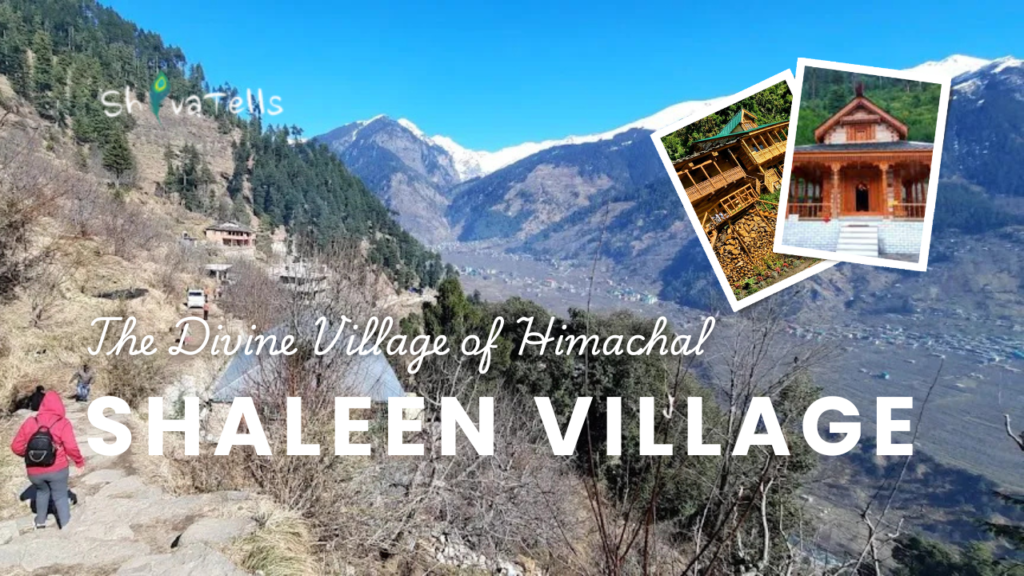
Table of Contents
The Road Less Taken – A Journey Into the Wild
Reaching Shaleen isn’t simple—it requires patience, endurance, and a love for the journey itself. From Shimla, I took a bus that wound through forests so dense that the trees almost seemed to whisper secrets to each other.
Every turn in the road revealed a new wonder—a deep valley, a waterfall hidden between cliffs, a cluster of colorful houses clinging to the mountainside like tiny prayer flags. The Himalayan air was crisp, pure, and carried the scent of pine and earth. The road got narrower, bumpier, but I knew I was getting closer. And then, suddenly, the bus stopped.
“This is where we get off,” the driver said, pointing to a narrow footpath leading up the hill. There were no signboards, no directions—just a trail leading into the unknown. With my backpack slung over my shoulder, I walked into the silence.
A Village Built by Hands, Blessed by the Gods
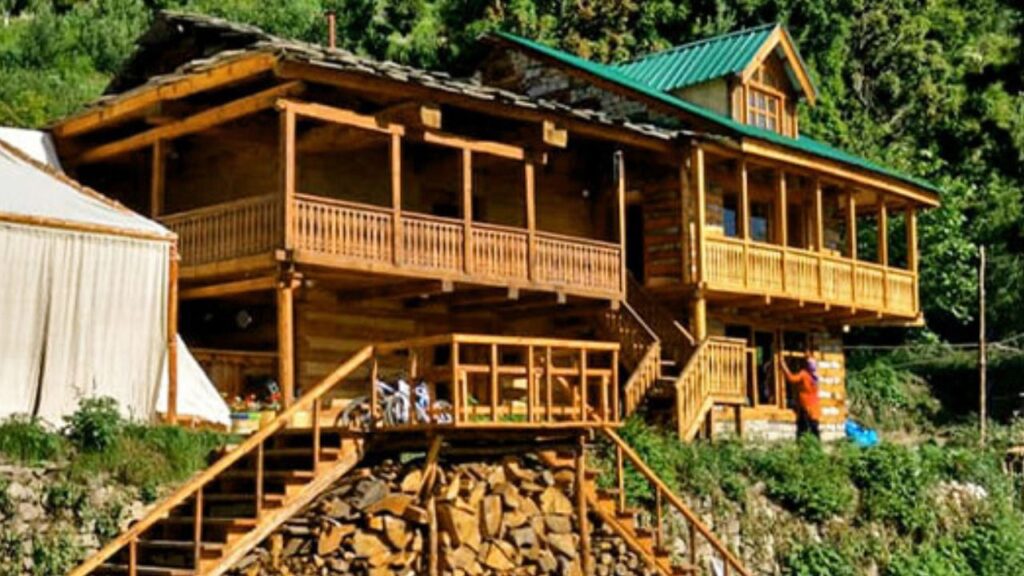
As I took my first steps into Shaleen, it felt as though the world had been painted in shades of peace. The village sat cradled between rolling green hills and towering cedar trees, with wooden houses that seemed to have grown from the earth itself. They weren’t just built; they were crafted—every plank, every stone, placed with love and patience. I ran my fingers along the wooden walls of one house, feeling the smoothness of years gone by. A local man, his face weathered by the sun, smiled and said, “This wood breathes. It remembers.”
Here, houses are not built with cement and steel. They are made of locally sourced cedarwood and stones from the river, making them warm in winter and cool in summer. The roofs, covered in dark grey slate, shine in the sunlight. In a world where concrete jungles rise every day, Shaleen stands as a reminder of how humans once lived—sustainably, harmoniously, and beautifully.
Living With the Land – Sustainability as a Way of Life
The people of Shaleen don’t take from nature—they live with it.
- Farming is organic, simple, and natural. No chemicals, no machines—just hands that respect the soil.
- Every home has a garden with vegetables, herbs, and flowers, grown with patience and love.
- Water flows from mountain springs, crystal clear and untouched by pollution.
I watched an elderly woman pluck wild herbs from her garden, which she later used to brew a tea that smelled like the forest itself. “You don’t need much to live well,” she told me, handing me a cup. And as I sipped, I realized—she was right. In Shaleen, there is no waste, no excess, no greed. Everything has a purpose. Everything is valued.
Nature’s Artwork – The Beauty of Shaleen
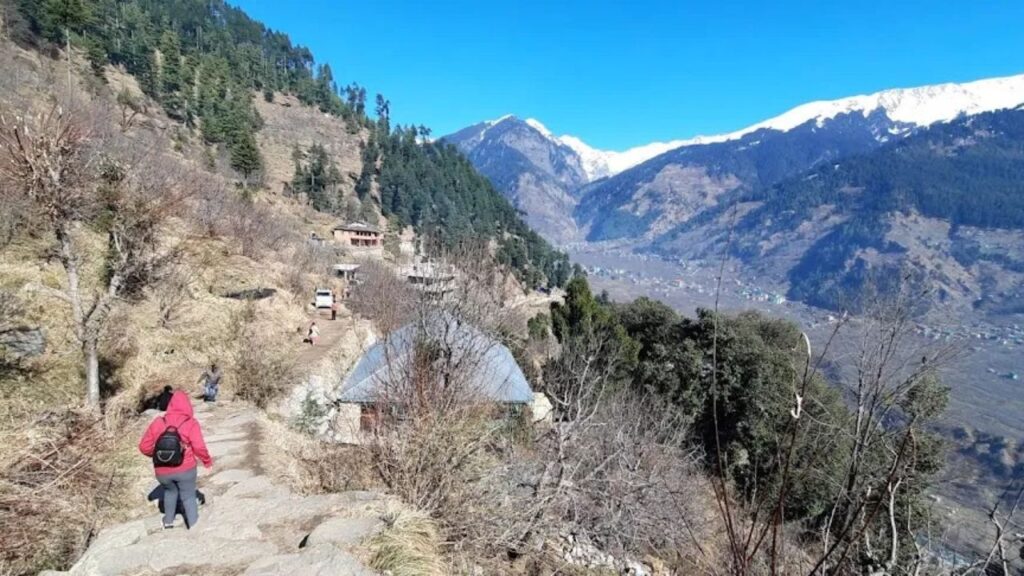
The true artist of Shaleen is nature itself.
- In spring, the valley turns into a painting—pink rhododendrons bloom, mustard fields glow yellow, and the air carries the fragrance of damp earth.
- In monsoon, mist rolls down the hills, covering the village in a white veil, making it look like a dream.
- In winter, the rooftops wear a soft blanket of snow, and the village seems to sleep peacefully under the watchful eye of the mountains.
And then there’s the river. Flowing with the grace of time, its water is so clear that you can see the smooth, colorful stones beneath. Villagers say this river has never dried up, that it is blessed by the gods themselves. I sat by its banks, letting the cold water slip through my fingers, listening to the birds, the rustling leaves, the gentle hum of a village at peace with the world.
A Day in Shaleen – Living the Simple Life
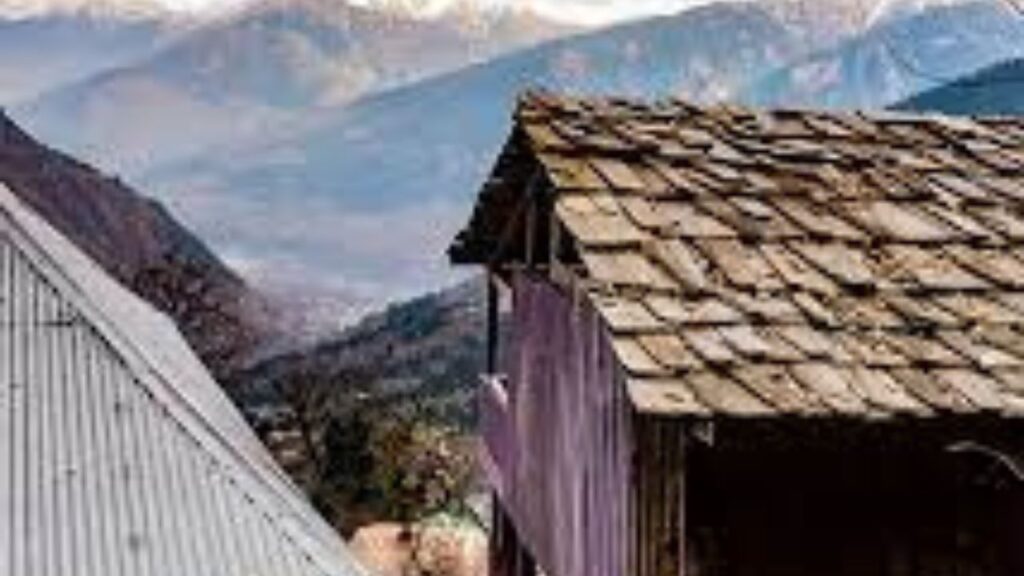
Morning – Waking Up to the Himalayas
I woke up in a small wooden homestay, my bed covered in thick, warm blankets. The moment I stepped outside, I was greeted by a sunrise so beautiful it made my heart ache—the sky turning gold, the mist lifting off the valley like a slow, graceful dance. Breakfast was simple but perfect—makki ki roti with homemade butter, fresh honey, and a steaming cup of chai. “Eat slow,” my host said, smiling. “In Shaleen, nothing is meant to be rushed.” And I obeyed.
Afternoon – Exploring, Learning, and Becoming a Part of Shaleen
Walking through the village, I saw women weaving woolen shawls, men carving wooden doors with intricate patterns, and children running freely, their laughter echoing through the hills. There were no mobile phones, no televisions blaring—only the sound of life being lived in its purest form. I visited a small temple, its walls blackened with time, where villagers gathered every evening to offer prayers. One of them told me, “We don’t pray for wealth. We pray for peace. And peace, my friend, is already here.”
Evening – The Sky, the Stars, and a Silent Promise
As the sun dipped behind the mountains, the sky exploded into a riot of colors—purple, orange, deep blue. Villagers sat outside their homes, telling stories, sharing laughter, watching the world slow down. I lay on the grass, staring up at a sky so clear I could see a million stars, shining like tiny lanterns.
At that moment, I made myself a silent promise—I would return. Because some places don’t just stay in your memory. They stay in your soul.
Why You Must Visit Shaleen
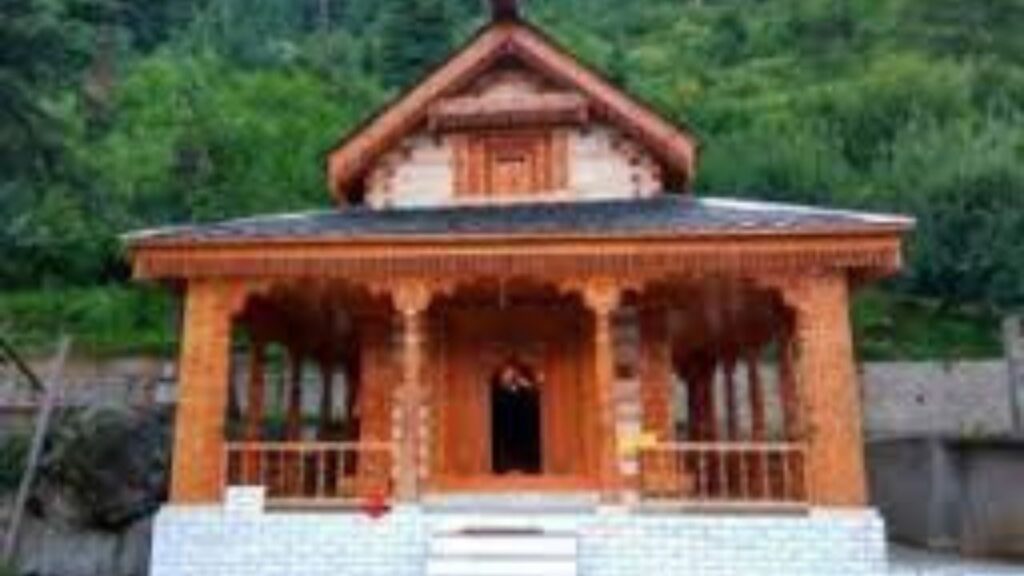
- To experience a village untouched by modern chaos.
- To see how sustainability and tradition can blend into a perfect life.
- To breathe the purest air, drink the clearest water, and feel peace like never before.
How to Reach Shaleen
- By Air: The nearest airport is Shimla (Jubbarhatti), about 110 km away.
- By Train: Kalka is the closest railway station. From there, take a cab or local bus.
- By Road: From Shimla, hire a cab or take a local bus to reach the nearest point before trekking into the village.
Final Thoughts
Some places are meant to be seen.
Some places are meant to be felt.
And then there is Shaleen—a village so pure, so divine, that leaving feels like waking up from the most beautiful dream. Would you visit a place like Shaleen? Let me know in the comments, and follow ShivaTells for more untold travel stories from the heart of India!
Read More Stories From Manipur
- Loktak Lake: Shiva Tells’ Unforgettable Adventure in a Floating Paradise!
- Thang-Ta Manipuri Martial Art: A Legacy of Warriors and Dance
- A Journey to the Heart of Meitei Tribe Culture: Andro Village
